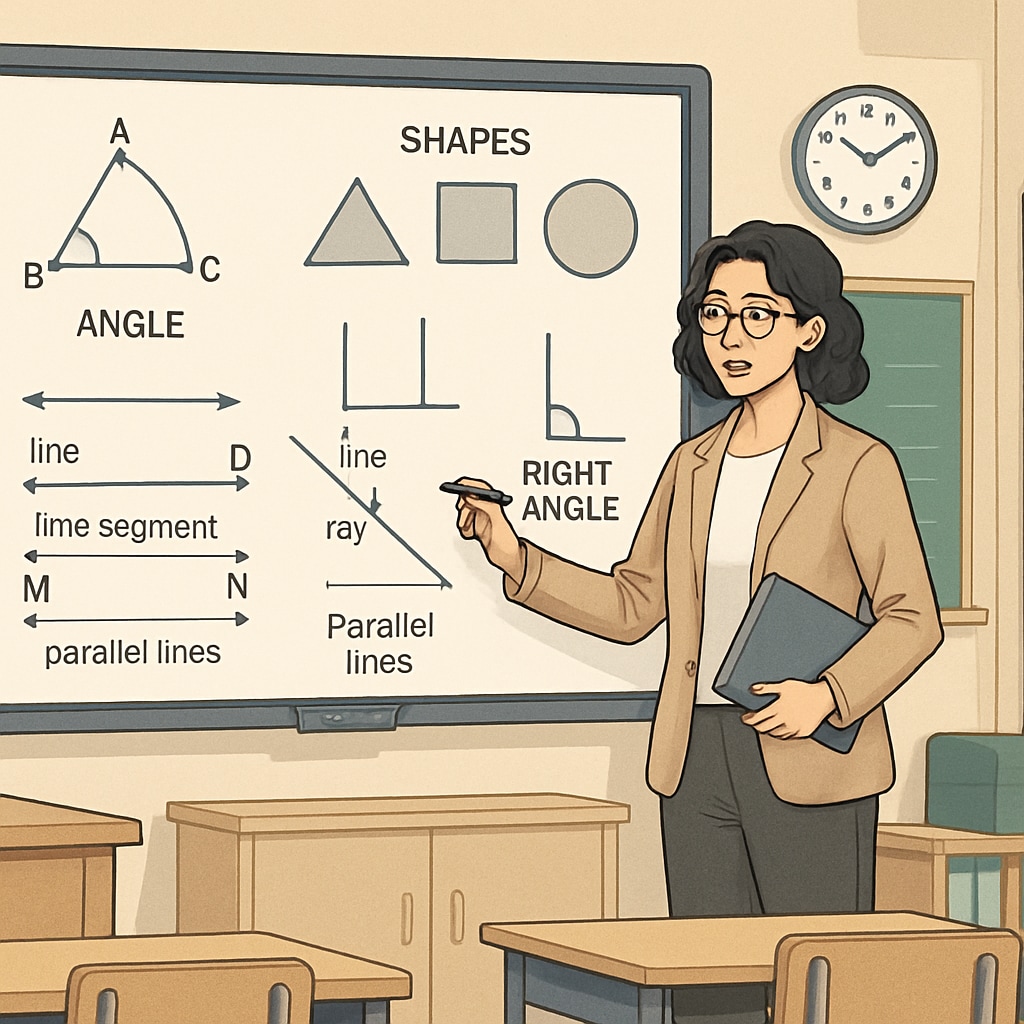High school mathematics often poses significant challenges for students due to its abstract concepts and complex problem-solving requirements. Addressing these “learning challenges” effectively is essential for improving “high school mathematics teaching.” By systematically collecting and analyzing student feedback, educators can identify key pain points and refine their instructional strategies. This article focuses on the Algerian high school mathematics curriculum, offering practical insights into how feedback-driven teaching optimization can enhance learning outcomes and reduce barriers to student success.
The Importance of Feedback in Mathematics Teaching
Feedback is a cornerstone of effective teaching. When students share their difficulties and concerns, educators gain valuable insights into which topics, concepts, or teaching methods are causing confusion. In mathematics, where sequential learning is critical, unresolved learning gaps can create cascading issues in understanding future material.
For instance, a study conducted by Britannica highlights that many students struggle with algebraic reasoning and geometric proofs, two pillars of high school math curricula. Without addressing these foundational challenges, students often lose confidence, leading to disengagement.
Feedback collection serves as a diagnostic tool, enabling teachers to adapt their methods to better suit student needs. For example:
- Identifying whether students struggle due to a lack of foundational knowledge.
- Pinpointing specific areas where teaching clarity is insufficient.
- Understanding which instructional formats (e.g., lectures, group work, or hands-on activities) are most effective.

Strategies for Collecting and Utilizing Student Feedback
To optimize teaching, educators must establish systematic methods to gather accurate and actionable feedback. Here are some practical strategies:
- Anonymous Surveys: Regular anonymous surveys allow students to express their difficulties openly without fear of judgment. Questions can focus on specific topics, teaching methods, and overall comprehension.
- Interactive Feedback Sessions: Holding open discussions where students can voice their concerns and propose solutions fosters a collaborative learning environment.
- Performance Assessments: Analyzing patterns in test scores and homework submissions can reveal common learning gaps. For example, if most students score poorly on quadratic equations, the teaching approach might require revision.
- Peer Feedback: Encouraging students to work in pairs or groups and provide feedback to each other can highlight areas where collective understanding is weak.
Once feedback is collected, the next step is to analyze it and implement changes. For example, if students report struggling with trigonometry, educators might incorporate more real-world applications to make the subject relatable. Additionally, leveraging visual aids and interactive tools, such as dynamic geometry software, can simplify complex concepts.
Optimizing Algeria’s High School Mathematics Curriculum
The Algerian high school mathematics curriculum has undergone significant reforms, aiming to align with global education standards. However, these changes have also introduced challenges for both students and teachers. Feedback-driven teaching can play a pivotal role in addressing these issues.
For example, some students report difficulties transitioning from rote memorization to problem-solving-focused learning. By integrating student feedback, educators can strike a balance between conceptual understanding and practical application. Specific strategies include:
- Breaking down complex topics into smaller, manageable lessons.
- Providing additional resources, such as online tutorials and practice worksheets.
- Offering after-school tutoring sessions for students who need extra support.
Moreover, professional development programs for teachers can help them adapt to the curriculum changes and refine their instructional techniques. According to Wikipedia, teacher training is a critical component of educational reform in Algeria, emphasizing the importance of equipping educators with modern teaching tools and methodologies.

Conclusion: A Framework for Success
Optimizing high school mathematics teaching requires a proactive approach that places student feedback at the center of curriculum development and instructional strategies. By addressing learning challenges systematically, educators can create an environment where students feel supported and motivated to excel.
In the context of Algeria’s curriculum reforms, integrating feedback mechanisms offers a pathway to bridging gaps and fostering a deeper understanding of mathematics. As a result, students are more likely to develop critical thinking and problem-solving skills, preparing them for future academic and professional pursuits.
Ultimately, the success of mathematics teaching lies in the ability to listen, adapt, and innovate. By embracing these principles, educators can transform challenges into opportunities for growth and learning.
Readability guidance: This article utilizes short paragraphs, clear transitions, and actionable insights to maintain reader engagement. Feedback collection and implementation strategies are outlined in a structured format, ensuring clarity and accessibility for educators.


